Academic retraces footsteps of Victorian photography pioneer behind Led Zeppelin album cover
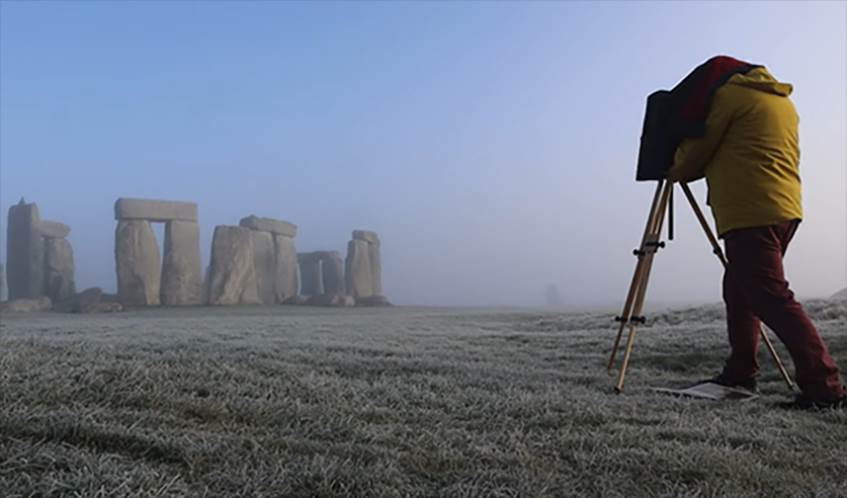
A UWE Bristol researcher has used old-fashioned photography methods to recreate images by a Victorian photographer noted for taking an iconic photo that became a Led Zeppelin album cover.
Frank Menger, a research fellow at the Centre for Print Research, has used authentic Victorian equipment and dark room developing techniques to replicate images taken by early photography pioneer Ernest Howard Farmer in the 1890s.
Farmer belatedly found fame last year after it emerged that his image of an elderly thatcher posing for a photo in Wiltshire at the end of the 19th Century was identified as the photo used on the front cover of the Led Zeppelin IV album. The chance discovery was made by UWE Bristol history researcher Brian Edwards, who spotted the image in a Victorian photograph album of Farmer’s photos of West Country landscapes and portraits being sold at auction.
Mr Menger, an expert in historic photographic practice, has recreated three of Farmer’s images. He used heavy, bulky equipment dating from the Victorian era to take exact replicas of the trio of images shot at Stonehenge.
The photos by Mr Menger form part of an exhibition at Wiltshire Museum in Devizes, which celebrates the work of Ernest Farmer and features the famous thatcher/Led Zeppelin image as its centrepiece. The images taken by Mr Menger are exhibited alongside the originals in the show, A Wiltshire Thatcher – a Photographic Journey through Victorian Wessex, which runs until 1 September 2024.
Mr Menger used a Victorian era camera which uses postcard-sized glass plates coated with silver gelatine emulsion, which is left to dry before capturing images.
He said: “The main challenge of using this equipment was that it was so old – the holders for the glass plates were very vintage so there was a danger of light leakage. One even fell apart while I was taking the images and I had to rescue it! I was just hoping the exposure and materials didn’t let me down, but it was only when I got back to Frenchay campus to develop the photos that I could see what I had captured. It was amazing to see they came out and I was pleased with the results. They are similar to the originals; the glass plates have a fine grain which give detailed, sharp images, and that element was there on my photographs.
“It would have been quite a feat for Ernest Farmer in the 1890s. He would have carried around 12 glass plates, which would have been heavy, and they would have needed to be kept in lightproof containers. Add that to the fact that the large format cameras are quite heavy as well.”
Mr Menger was kindly given permission by English Heritage to access Stonehenge ahead of the visitor opening time to capture the images. The photography session, and subsequent development of the images in a dark room, was filmed by UWE Bristol colleague Andrew Glester, a lecturer in science communication. The photographer captured two landscape images of Stonehenge, alongside an image of a man in a bowler hat posing in front of the stones, in precisely the same locations used for the originals.
Farmer (1856-1944) was the first head of the School of Photography at the then newly renamed Polytechnic Regent Street, now part of the University of Westminster. The Led Zeppelin IV album cover features a colourised version of the thatcher photograph taken by Farmer. The framed image is understood to have been discovered by the band’s lead singer Robert Plant in an antique shop in Berkshire.
Mr Menger, who has used analogue photography all his life, said: “Photographers in those days needed to have some chemistry knowledge in order to coat the glass plates in a dark room. They also needed to print their photographs at home, as there wouldn’t have been a lab service available at that time. Farmer was the son of a chemist; with a burgeoning photographic movement happening at that time, it seems he branched out to use his knowledge and expertise in chemistry to offer photographic services.
“When looking at his images taken in the West Country, I was struck how accomplished they were. The quality is amazing, and this was during the infancy of photography.”
Related news

12 December 2025
Arnolfini appoints Professor Paul Gough as new Chair of Trustees
Arnolfini, partner organisation of UWE Bristol, has appointed Professor Paul Gough as its new Chair of Trustees.

13 November 2025
Bristol’s screen industry experiences “boom-and-bust cycle” after post-pandemic recovery, new research from UWE Bristol finds
New research from UWE Bristol provides detailed insight into Bristol's screen sector.
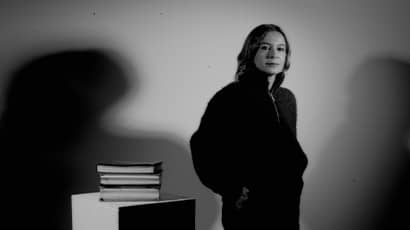
30 October 2025
Lecturer shortlisted for prestigious European photography award
Dr Amak Mahmoodian, senior lecturer in photography at UWE Bristol, has been shortlisted for the Deutsche Börse Photography Foundation Prize 2026.

27 October 2025
Graduate wins second industry award for breakthrough film
Tatiana McCabe has won a Wildscreen Panda Award for her documentary which follows a local hero protecting coastal wildlife in Uruguay.

02 October 2025
Documentary by UWE Bristol graduate airs on national television
Hannah Tyson, a UWE Bristol MA Filmmaking graduate, is celebrating the broadcast of her documentary ‘Jazzy’s MMA Dream’, which has aired on CBBC.

11 September 2025
New study to investigate augmented reality as an intervention for emotionally based school avoidance
A UWE Bristol researcher will support a new study exploring whether an augmented reality board game can help young people with emotionally based school avoidance (EBSA).
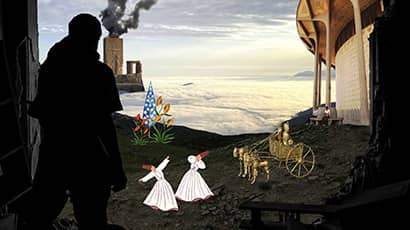
26 August 2025
UWE Bristol MA students present Showcase at Spike Island
Students from MA Fine Art, MA Graphic Arts, and MA Multi-Disciplinary Printmaking will exhibit their work at the Showcase MA Degree Show, from 4 September.

23 May 2025
Academics feature in documentary exploring the rebirth of Bristol's iconic Megascreen
Professor Mark Bould and Professor Charlotte Crofts are featured in a new documentary about the fascinating journey of the former Bristol IMAX cinema.

21 May 2025
Students reveal creative responses to real-world experiences at UWE Bristol Showcase
UWE Bristol’s Showcase, celebrating student creativity and innovation across the College of Arts, Technology and Environment, returns this June.

19 May 2025
The Big Thing, a landmark event for immersive artists in the UK, comes to Bradford
Immersive Arts will launch its first major event this June in Bradford, the UK’s City of Culture, to bring together the country’s immersive arts community.

17 April 2025
UWE Bristol art students showcase work at Spike Island Open Studios
Spike Island – the home to UWE Bristol’s BA and MA Fine Art courses - opens its doors for the annual Open Studios on 2 May.
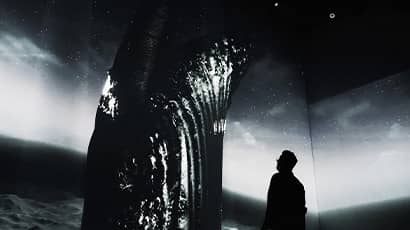
16 April 2025
More than 80 UK projects receive nearly £1.2 million in first Immersive Arts funding round
Almost £1.2 million has been allocated to 83 artist-led projects across the UK.
You may also be interested in

Media enquiries
Enquiries related to news releases and press and contacts for the media team.
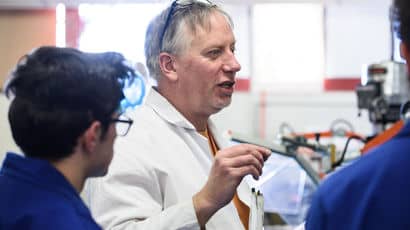
Find an expert
Media contacts are invited to check out the vast range of subjects where UWE Bristol can offer up expert commentary.

Regional History Centre (RHC)
The Regional History Centre promotes research into the history of Britain's South Western counties.






